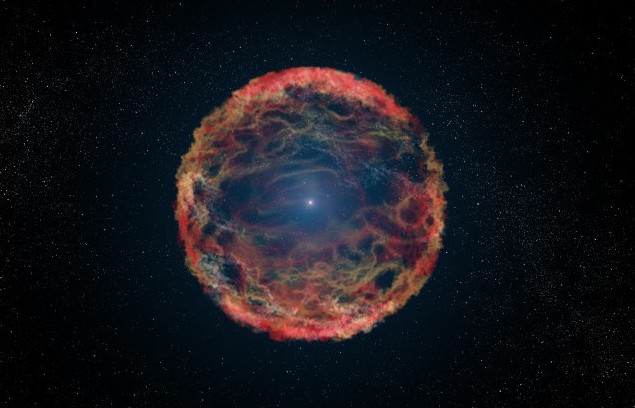Cosmic ray intensification trend continues

An intensification trend of cosmic rays activity reported last month by SpaceWeather.com continues. The latest balloon flight over California on February 5 observed the highest value yet. The gathered data shows that cosmic rays in the mid-latitude stratosphere are currently 10% higher than one year ago.
An increased activity of cosmic rays has been observed around the Arctic Circle by the neutron monitors during the last year and the same trend was noted in an independent measurement project carried out by the Spaceweather.com and the students of Earth to Sky Calculus over California. These changes are closely related to a drop in solar activity, as we enter another Solar Minimum.

Cosmic rays in the stratosphere. Image credit: SpaceWeather.com
Cosmic rays are a significant form of space weather. They get accelerated toward the Earth by distant supernova explosions and other violent events and are capable of seeding clouds, triggering lightning and penetrating commercial airplanes.

New images from NASA's Fermi Gamma-ray Space Telescope show where supernova remnants emit radiation a billion times more energetic than visible light. The images bring astronomers a step closer to understanding the source of some of the universe's most energetic particles –cosmic rays. This composite shows the Cassiopeia A supernova remnant across the spectrum: Gamma rays (magenta) from NASA's Fermi Gamma-ray Space Telescope; X-rays (blue, green) from NASA's Chandra X-ray Observatory; visible light (yellow) from the Hubble Space Telescope; infrared (red) from NASA's Spitzer Space Telescope; and radio (orange) from the Very Large Array near Socorro, N.M. Credit: NASA/DOE/Fermi LAT Collaboration, CXC/SAO/JPL-Caltech/Steward/O. Krause et al., and NRAO/AUI
Solar storms are responsible for modulating the radiation. When the solar activity is high, the storms and CMEs tend to sweep cosmic rays aside from their Earth-directed pattern.
However, when the solar activity is at its low end, an extra dose can reach our planet which means that the current heightened cosmic ray intensity is most likely due to a decline in the solar cycle, as we are heading toward another solar minimum.
Featured image credit: Using NASA’s Hubble Space Telescope, astronomers have discovered a companion star to a rare type of supernova. The discovery confirms a long-held theory that the supernova, dubbed SN 1993J, occurred inside what is called a binary system, where two interacting stars caused a cosmic explosion. Credit: NASA, ESA, G. Bacon (STScI)

Does the solar minimum directly affect the strength of the magnetic fields surrounding the earth? If so, that could also contribute to the increase of cosmic rays hitting the earth, due to the weakening of the magnetic fields.
I have stated in my published E-book, HELICAL UNIVERSE: The Transformation Cycle of Our Helical Solar System-2013, that cosmic rays will continue to increase in the coming years as the Sun approaches its highest position in the galaxy…http://www.amazon.com/HELICAL-UNIVERSE-Transformation-Helical-System-ebook/dp/B00K5YPNKS